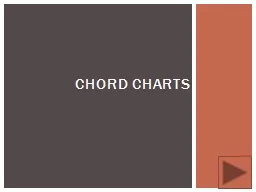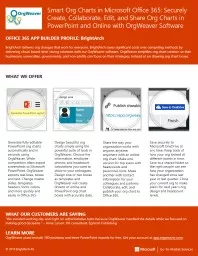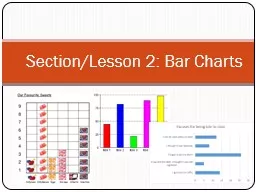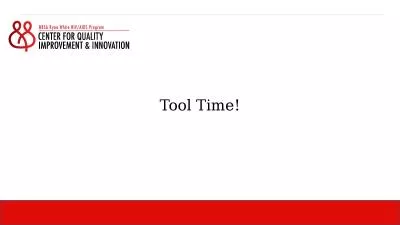PPT-X-bar and R charts Example 3.1
Author : susan | Published Date : 2024-01-03
from older text 1 Data on part thickness Thickness of parts recorded as amount by which thickness exceeded 0300 in everyone else has gone metric but 2 Data structure
Presentation Embed Code
Download Presentation
Download Presentation The PPT/PDF document "X-bar and R charts Example 3.1" is the property of its rightful owner. Permission is granted to download and print the materials on this website for personal, non-commercial use only, and to display it on your personal computer provided you do not modify the materials and that you retain all copyright notices contained in the materials. By downloading content from our website, you accept the terms of this agreement.
X-bar and R charts Example 3.1: Transcript
Download Rules Of Document
"X-bar and R charts Example 3.1"The content belongs to its owner. You may download and print it for personal use, without modification, and keep all copyright notices. By downloading, you agree to these terms.
Related Documents














